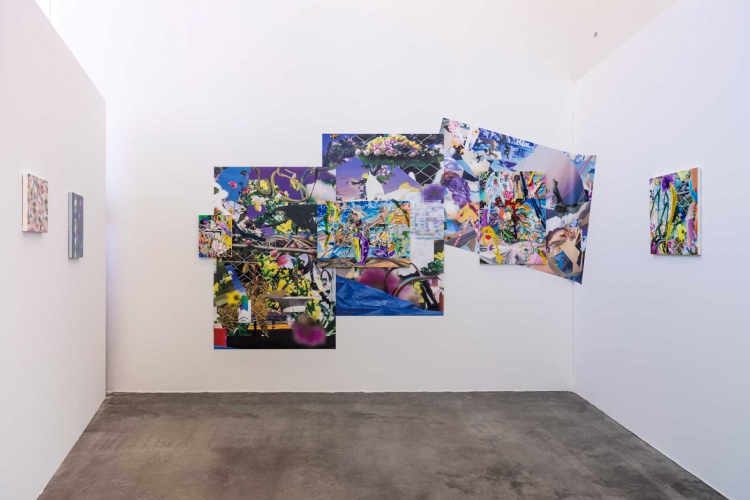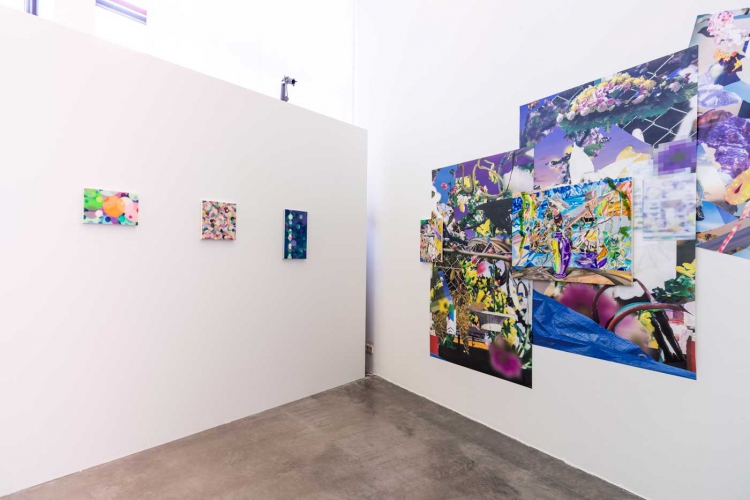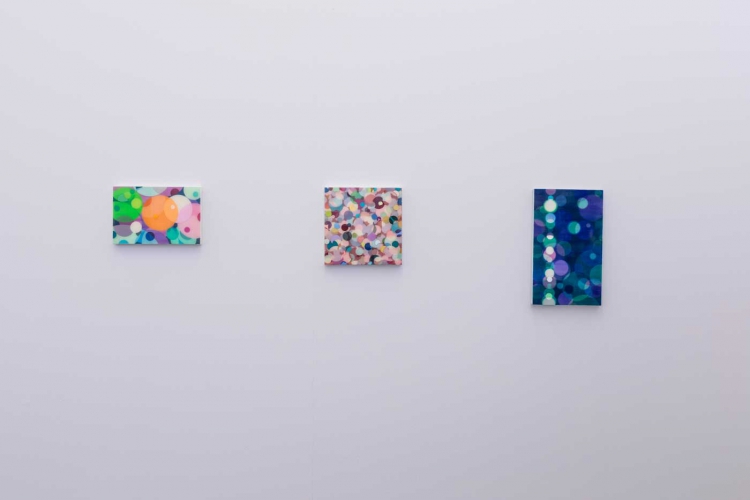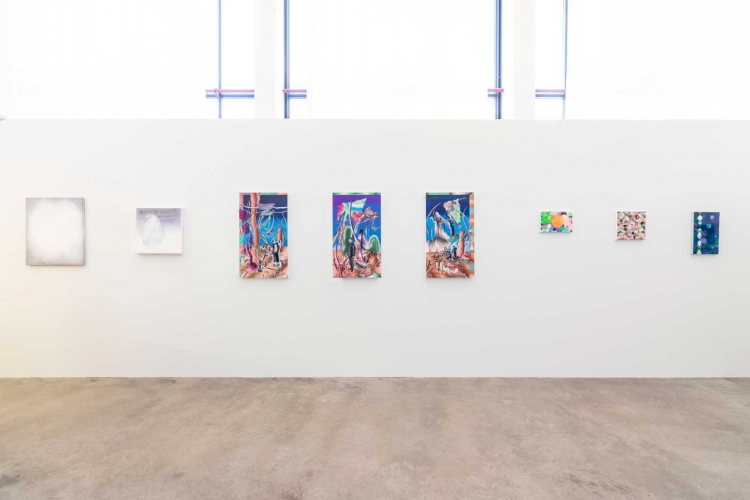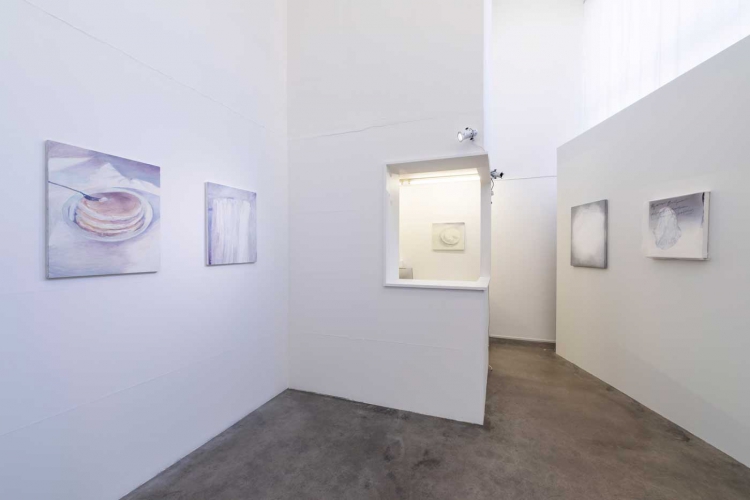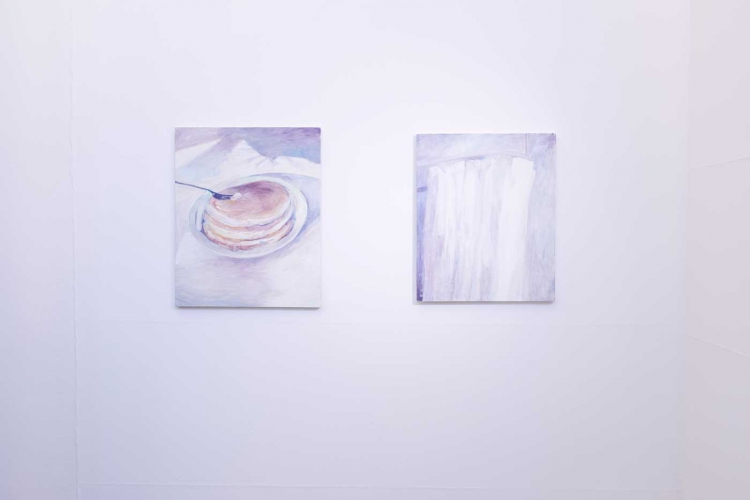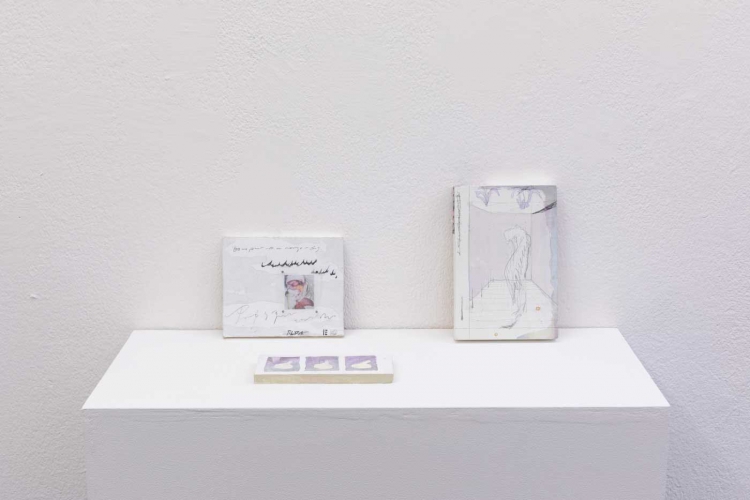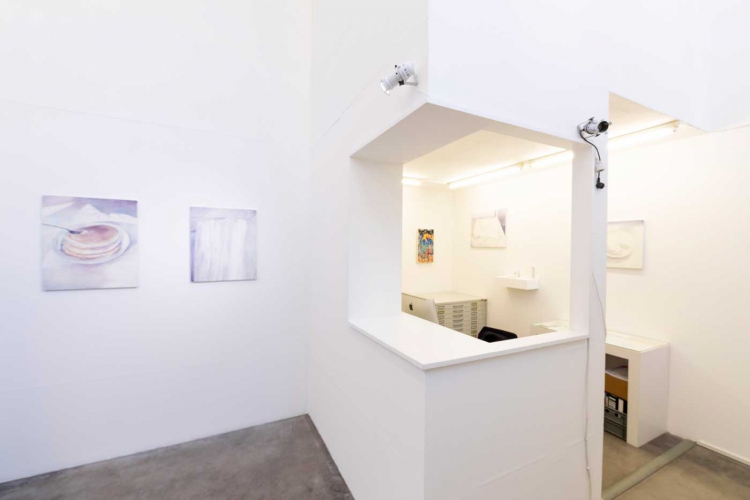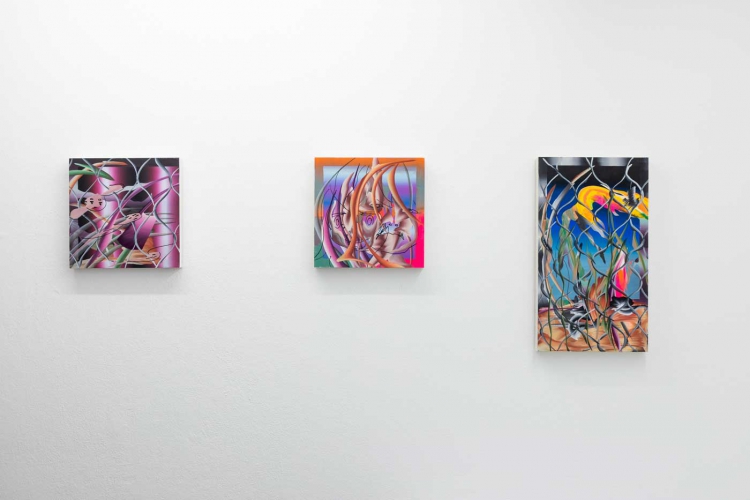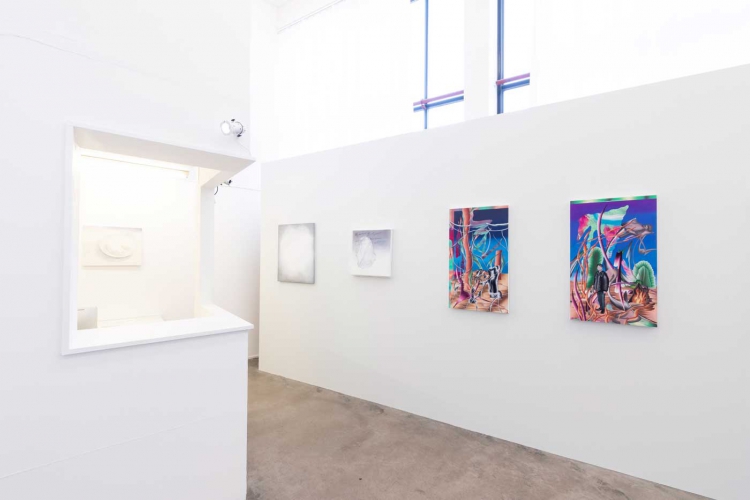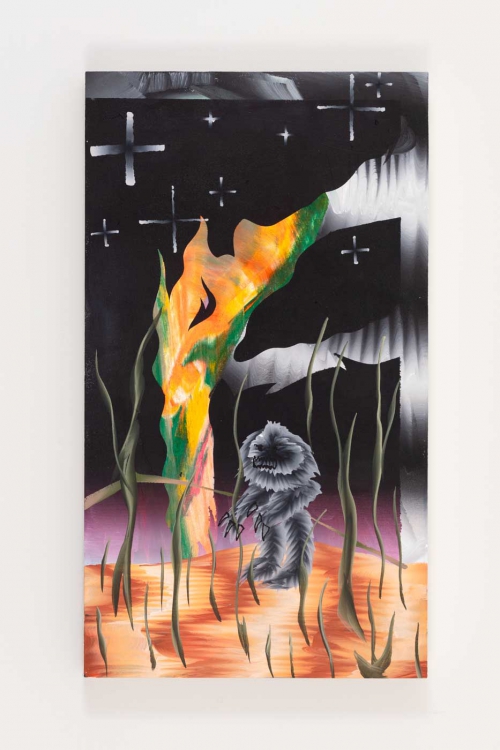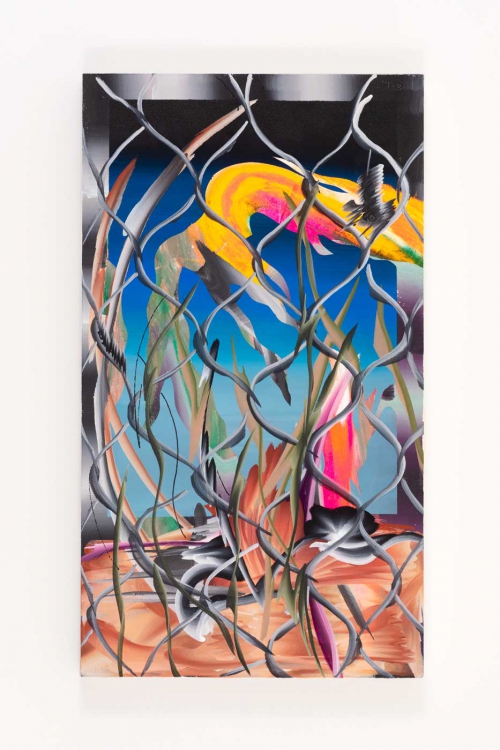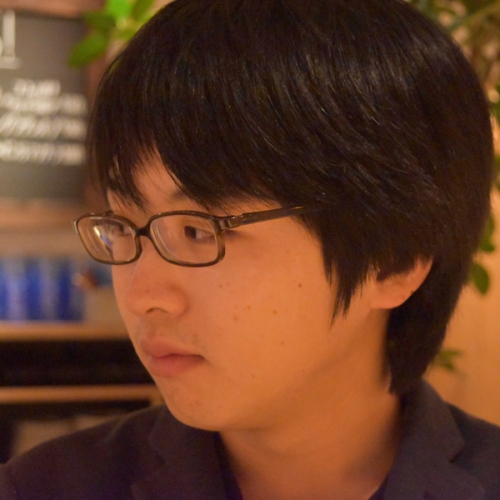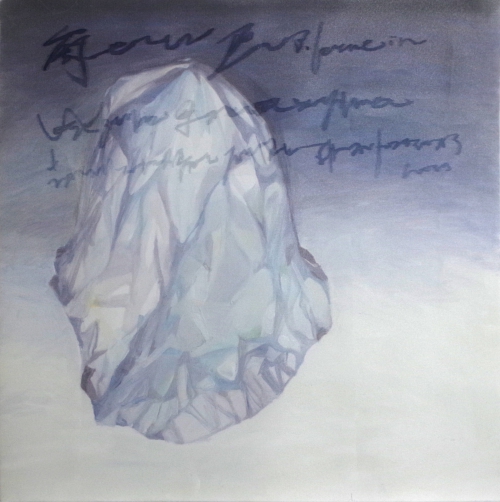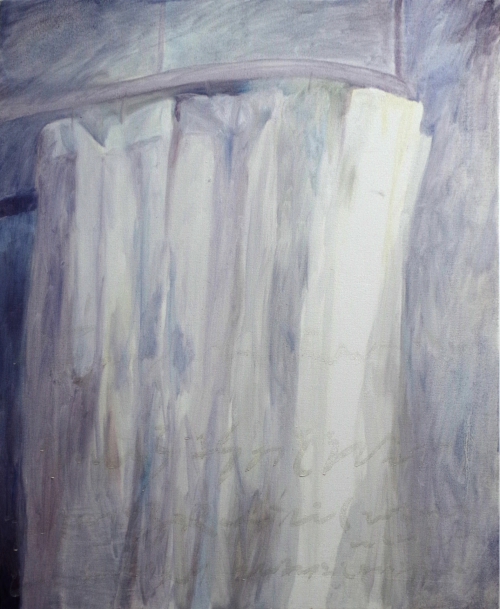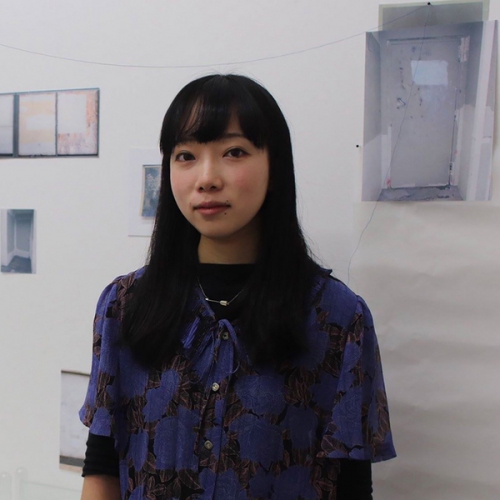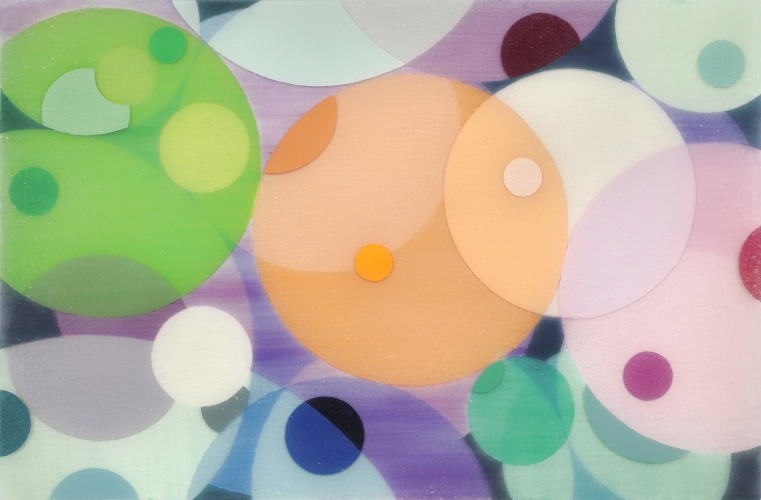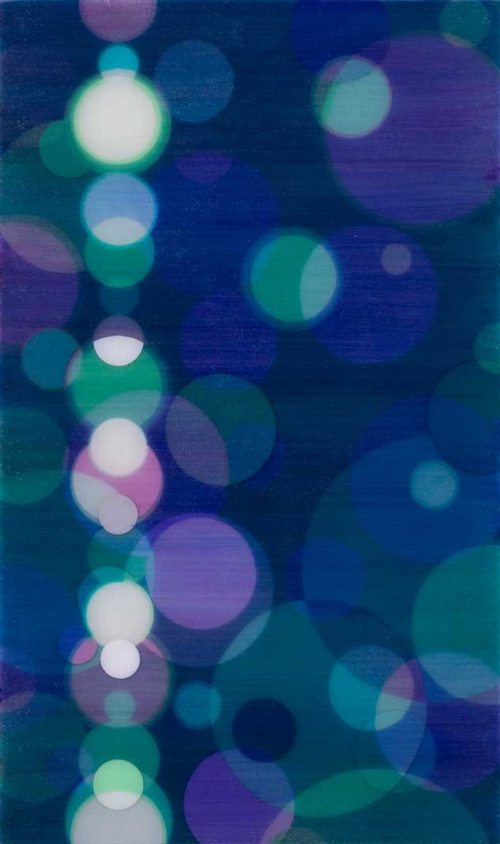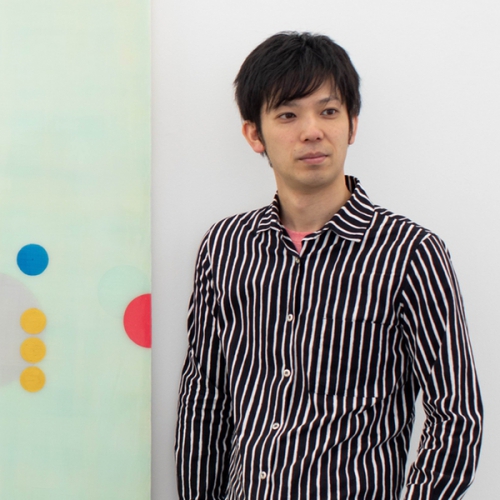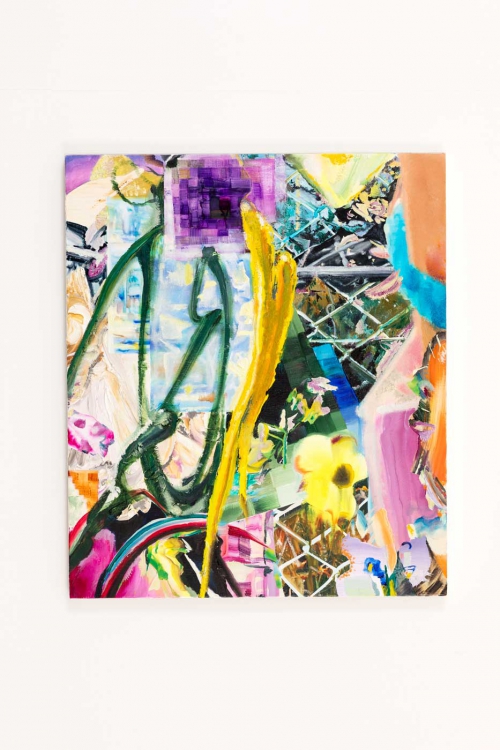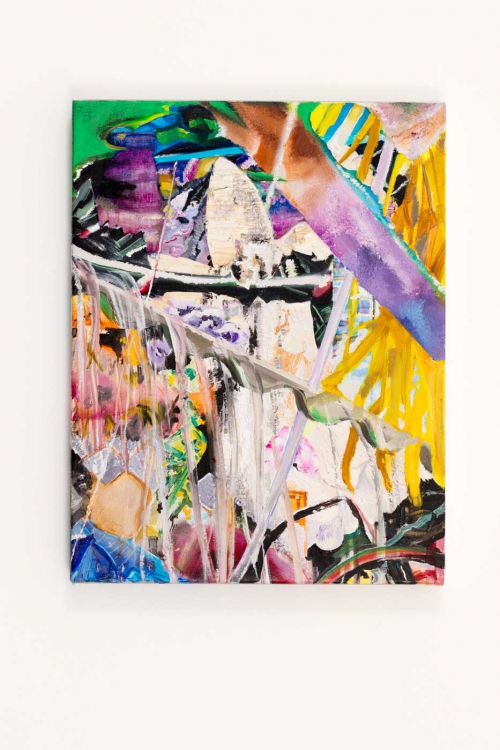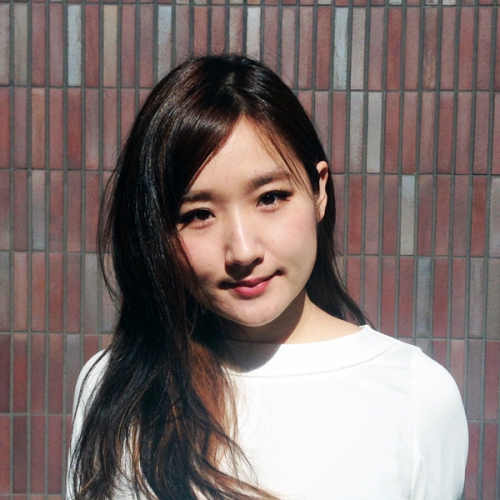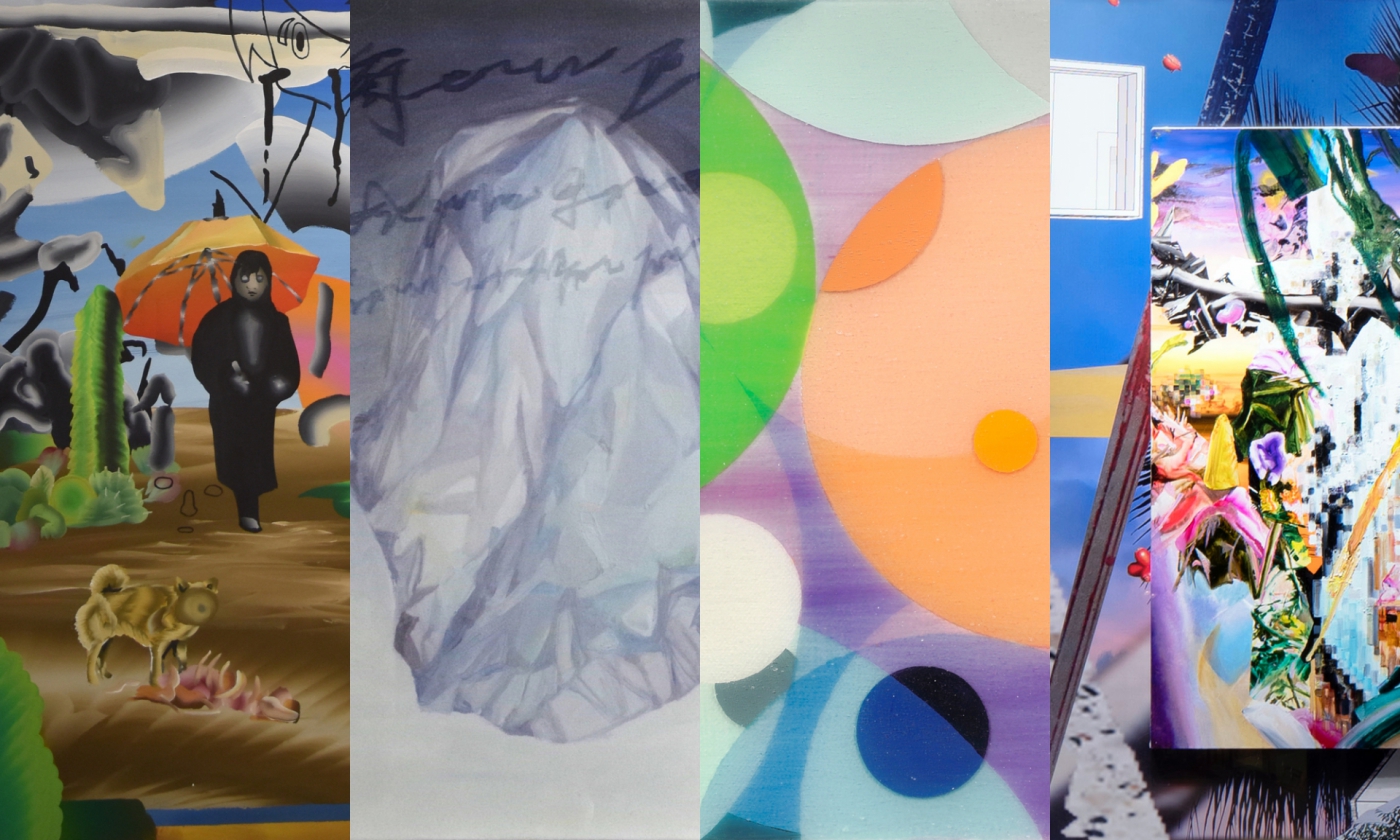
08.02. — 10.03.2020
NEW JAPANESE PAINTING
Chisei Kobayashi, Yumi Nakata, Taishi Urakawa, Yuki Yamamoto
New Japanese Painting brings together four outstanding artistic positions in contemporary Japanese painting and provides an insight into current topics and issues in the country's art scene. Accordingly, the four artists live and work in Sapporo in the north, Nara in the center and Fukuoka in the south of Japan. Their works are all characterized by conceptual and creative complexity. Individually, they deal with questions such as the role of the self in the creative process (Yumi Nakata), the status of painting in the age of Facebook and Instagram (Taishi Urakawa), the relativity of things and its artistic representation (Yuki Yamamoto) as well as a re-evaluation of the possibilities of visual signs (Chisei Kobayashi). Works by the artists Yumi Nakata, Taishi Urakawa and Chisei Kobayashi are shown for the first time outside of Japan in the group exhibition New Japanese Painting.
小林知世
CHISEI KOBAYASHI
(*1994, Sapporo, lives and works in Sapporo, Japan) is fascinated by the emotional impact of visual signs as well as by premonitions and moods that we suddenly encounter in everyday life and that cannot be grasped in words alone. And yet since then the artist has been using drawings, paintings and installations to try to capture what cannot actually be captured. During an artist residency in Portland, USA in 2018, Kobayashi developed keen interest in graffiti, the meaning of which for her was hidden due to a lack of language skills. What remains, she wondered, when signs are stripped of their meaning? Can signs still convey something when they originate by chance? An artistic experiment that deals with these central questions of her work is her graphical documentation of noises or conversations on the street. What arises are characters similar to letters, which, however, cannot be read in a conventional manner. The artist's hand functions more like the needle of a seismograph, which registers when mood changes occur.
中田有美
YUMI NAKATA
(*1984, Nara, lives and works in Nara, Japan) deals intensively in her oil painting with the self-portrait as well as its history and potential future. The focus is on the role of the artist as a creative individual. Is the self still a requirement for painting today? Can it be separated from the painting process - for example by using external control systems? In her works, the artist radically breaks with the rules of the classic self-portrait, turns it upside down, so to speak, and deliberately brings her pictures out of balance. Nakata goes so far that her works no longer resemble conventional self-portraits. Since 2014 the artist has been working on a series that she calls Background of Background. This includes combinations of oil painting on canvas with large inkjet prints placed behind. The role of the wall as a carrier of meaning in the context of the presentation of art is being explored anew.
浦川大志
TAISHI URAKAWA
(*1994, Fukuoka, lives and works in Fukuoka, Japan) works on the question of whether our everyday use of the Internet and smartphones has changed the way we humans evaluate and perceive our environment. The central question here is the status of painting in the age of Facebook, Twitter and Instagram. Urakawa sees the aura of the artwork, which was declared lost by Walter Benjamin as early as 1935, all the more in question today, since the iPhone has literally made it possible for us to touch art. In view of this, Urakawa advocates a re-evaluation of painting in the age of social networks. Interestingly, the artist uses a form of critical affirmation that, on closer inspection, may remind some of the consumer-critical art of New York in the 1960s. He chose to use the same image sources for his painting that are being critically assessed: Facebook, Google Image Search, iPhone Camera Rolls, etc. Urakawa creates contemporary landscape paintings using a painting technique that mimics virtual brush functions of the Adobe Illustrator design program. The image spaces depicted are clearly not to be confused with the natural, but only the virtual world.
山本雄基
YUKI YAMAMOTO
(*1981 Obihiro, lives and works in Sapporo, Japan) devotes his art to the geometric figure of the circle, with which he creates pictorial spaces in which the round disks are arranged in a wide variety of colors, opacity and size. The paintings have a remarkable depth effect. It appears s if Yamamoto has compressed the information of infinite spaces in the wafer-thin layers of paint. But what kind of spaces are depicted? The crux of the work lies in the impossibility of an exact answer to this question. Yamamoto's art is an expression of a deep fascination with the relativity of things. Everything exists in a state of in between. His pictorial spaces refer to nature, but represent spaces that do not appear in it. Hence, the artist likes to use the term singularity in connection with his works. This term is used to describe points in the universe in physics and astronomy which, due to their enormous gravity, override general physical conditions - think of black holes - and consequently exist outside of our space-time continuum.
